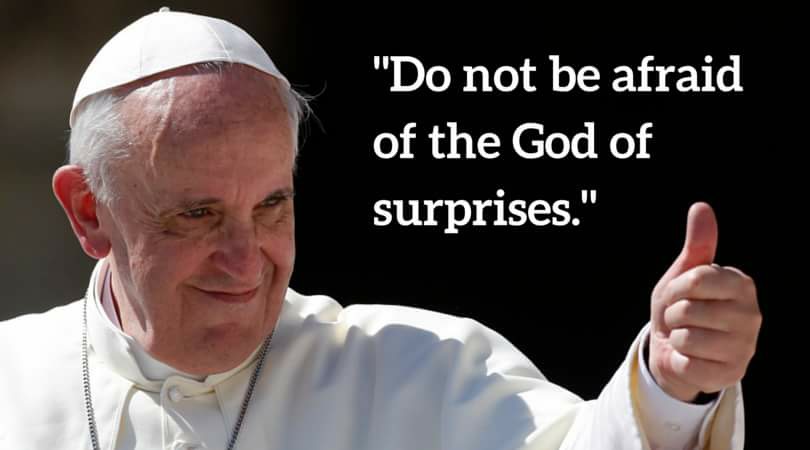
The Jesuits made a second attempt and returned in 1607 and remained till 1759. After 1775 all catholic missionary work ceased in Zimbabwe until 1879 when catholic priests once again entered Zimbabwe, this time coming from South Africa and not through Mozambique like before. The Jesuit Fathers and the Dominican Sisters returned with the Pioneer Column and established Chishawasha Mission in 1891 and the Dominican Convent School in 1892 in Harare. Prior to these institutions, the very first Catholic Mission was established by Fr. Prestage SJ at Empandeni Mission near Plumtree in 1887. It is said that King Lobengula of the Ndebele said to Fr. Prestage SJ: “Go to Empandeni and teach the people there.” (O’Reilly, J., ‘The Centenary of Empandeni”, 1987, p.4).
The original Zambezi Mission of the Catholic Church, which included part of Zambia, was entrusted to the Jesuit Fathers by Rome on 7 February 1879. In 1930 the Bulawayo area was given to the German Marianhill Missionaries, who had previously worked in Manicaland from 1908-1930; in 1946 the Fort Victoria area, now Masvingo, which became Gweru diocese was committed to the Swiss Bethlehem Fathers; in 1953 the Mutare area was confided to the Irish Carmelite Fathers and Hwange area to the Spanish Mission Institute. On 1 January 1955, by Papal Bull, the Ecclesiastical Province of Southern Rhodesia was set up. Today Zimbabwe has 8 dioceses, 12 Bishops including the retired ones, many religious congregations of men and women and show many signs of a growing local Church blessed with local priests, religious, catechists and hundreds of lay leaders.

We all have our little daily rituals and habits which indeed help us cope with the demands of our busy lives. They make us feel ordered, in control, safe and secure! We need this important element of order in our lives to function effectively and to prevent us from becoming ‘overwhelmed’ by the hectic and challenging nature of life!
